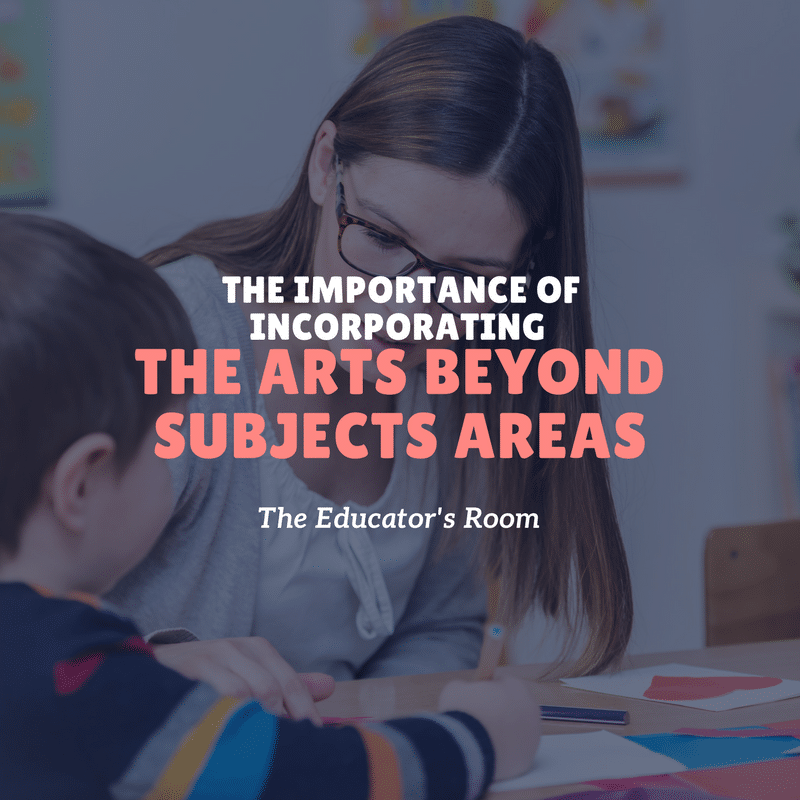As teachers, we are all familiar with the acronym STEM when it comes to education; however, the “STEAM” is a less well-known acronym, but it is gaining traction in the world of education. STEAM aims to incorporate the arts using an interdisciplinary approach, in addition to incorporating the sciences outlined in STEM. Long before these terms or acronyms were coined, many teachers already employed strategies like these in their classrooms.
Past and Current Legislation Affecting Arts Education
In the last 10 years, arts education has seen a lot of changes. For instance, with No Child Left Behind (NCLB) era legislation, a great deal of emphasis was placed on Math, English and other “core” courses as an attempt to keep students from dropping out. There were some side effects though with this legislation. One of these effects was that less importance was placed on the arts, music and other elective courses. Thus, arts programs dropped significantly across the country due to lack of funding.
[bctt tweet=”STEAM aims to incorporate the arts using an interdisciplinary approach” username=”EducatorsRoom”]
The Every Child Succeeds Act, which was the NCLB as re-written by the Obama administration, the arts were added an an indicator for student success. In the past, arts were largely seen as peripheral “add-ons” in a school’s curriculum, but there have been several studies regarding how the arts actually improve reading, writing and math skills. For instance, a study conducted by the President’s Committee on the Arts and the Humanities called “Reinvesting in Arts Education” in 2011, examined Maryland schools and concluded that integrating more of the arts into the a school’s curriculum enhances the learning process thus leading to higher achievement rates overall.
What is STEAM and how does it work?
While STEM stands for Science, Technology, Engineering, and Mathematics, the “A” represents the arts. There have been debates on both sides regarding how the arts should be incorporated. For instance, one side suggests that incorporating the arts into other subjects diminishes its importance to stand on its own. While those on the other side believe that incorporating the arts across subject areas is a good way to gain the benefits of arts programming that may have been lost in the “funding” shuffle.
Regardless of on which side you stand, there are ways to incorporate the arts into your lessons. Throughout my years of teaching, I have regularly incorporated the arts into my literature lessons. Most of us already realize that things like art, history, and literature are strongly tied to one another. For instance, the modernist movement in art parallels the modernist movement in literature, which is a break from the styles that came before it. In addition, events in history like the industrial revolution was depicted by artists like Honore Daumier in in the mid-late 1800s. Images that showed the hardships of everyday life paired with industrial smoke stacks were strewn throughout this time period. In addition, certain sculptures are informed and constructed largely by science. For instance, works by Josiah McElheny and De Wain Valentine would not be able to stand without the science behind them.
What can you do as a teacher?
When you view your school curriculum, look for items and lessons that might be adapted to add in an arts component. You may be a geometry teacher who asks students to create or design sculptures with a certain theory or principle in mind. Or, you might be an English teacher – like me – who asks students to look at similarities between modernist painting and modernist poetry. Whatever your content area may be, there is a plethora of ways that you can incorporate the arts to increase creativity and allow for students to be able to view each subject area of being multi-faceted.







